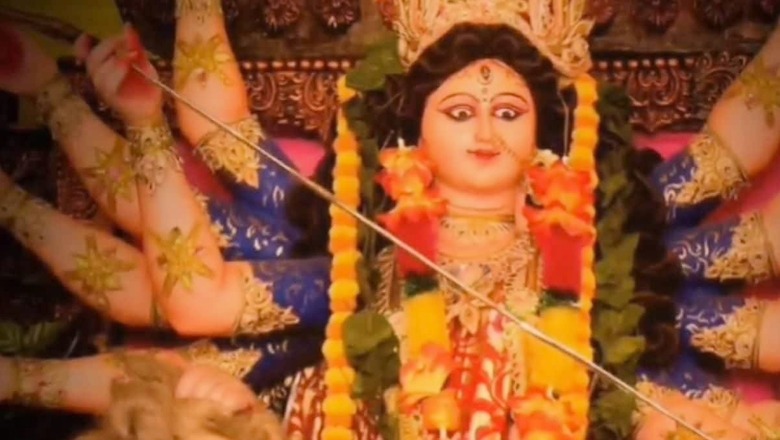
views
Navratri, the festival dedicated to Goddess Durga is about to commence. The first day of Navratri marks the ritual of Kalash Sthapana, which signifies the beginning of this special 9-day devotion to the goddess. But how should Kalash Sthapana be performed? What important factors should be considered? And what is the most auspicious time for this ritual? If you have these questions, you can find the answers today from Kashi’s astrologer Swami Kanhaiya Maharaj.
Swami Kanhaiya Maharaj shared with Local18 that Navratri puja is deemed incomplete without Kalash Sthapana. Essential items for the ritual include a pure earthen pot, soil, barley, coconut, red chunari, sari, earthen lamp, coin, mango leaves, betel nut and rice grains. Here is how you should go about the Kalash Sthapana:
Brahma Muhurta (early morning) or Shubh Muhurta (auspicious time): Start the ritual early in the morning after bathing, ensuring cleanliness and purity.
Soil preparation: Take a vessel and place soil inside it, moistening it with water. This soil symbolises fertility and growth.
Barley sowing: Sow barley seeds in the soil, which represents prosperity and growth in the household.
Kalash installation: Place an earthen Kalash (pot) on top of the soil with the barley. The Kalash is an important symbol of abundance and divinity.
Filling the Kalash: Fill the Kalash with Ganga water, representing purity. You can use clean water in place of Ganga water if it’s unavailable.
Offerings in the Kalash: Add betel nut, a coin, and flowers to the water in the Kalash. These items are offerings symbolising devotion, wealth and purity.
Akshatra bowl: Place a clay bowl filled with Akshatra (unbroken rice grains) on top of the Kalash.
Statue of the Goddess: Place a statue or image of the goddess in front of the Kalash to represent the presence of the Divine Mother.
Vedic worship: Perform the puja with full Vedic rituals, which may include chanting mantras, and offering flowers, fruits and incense.
Daily worship: This sequence of worship should be followed for all nine days of Navratri, with offerings and prayers performed each day.
Immersion on Dussehra: On the tenth day, Dussehra, the Kalash is immersed in water, symbolising the conclusion of the festival and the return of the goddess to her celestial abode.
According to Swami Kanhaiya Maharaj, this time Navratri is starting from October 3. The auspicious time for Kalash Sthapana on October 3 is from 5:42 am to 8:02 am. Apart from this, you can also do Kalash Sthapana in the house between 12:23 pm to 2:40 pm.

















Comments
0 comment